Gradually, we are now in the rainy season, the season many drivers dread and hate but we can’t cheat nature, nature has to take its course. The Federal Road Safety Corps has highlighted some salient tips for all drivers to take and how to avoid the dangers of floods and rainfalls on the highway.
1. Turn on your headlights
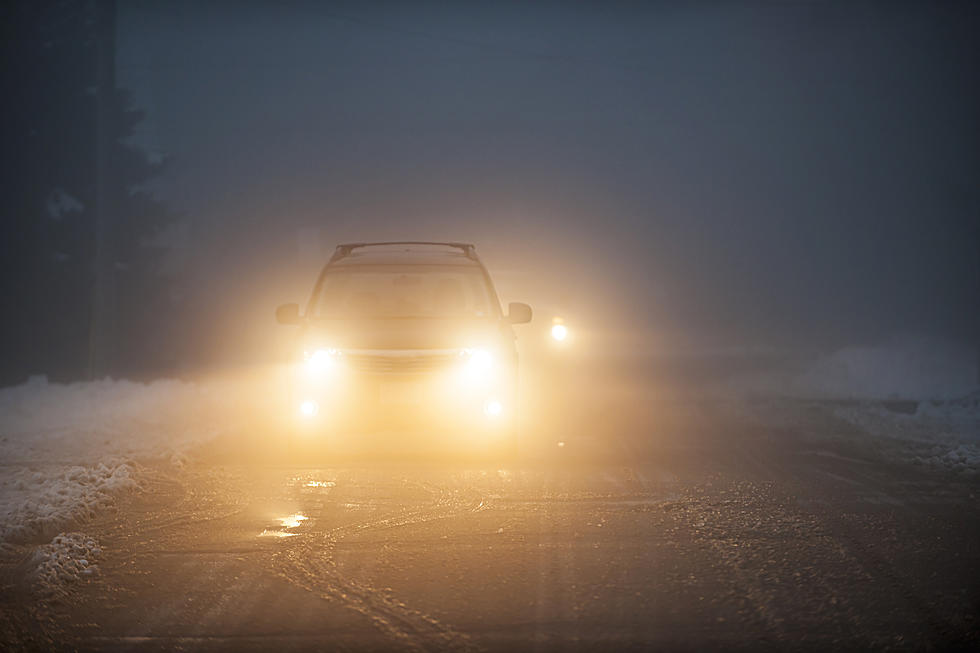
Turning on your headlights in the rain helps with visibility. It makes it easier for you to see things ahead of you. It also makes other motorists to see you. This way, crashes can be avoided. So, no matter what time, whether it is daytime or night time, always have your headlight on when you are driving in the rain.
2. Be careful, brakes can be affected by water
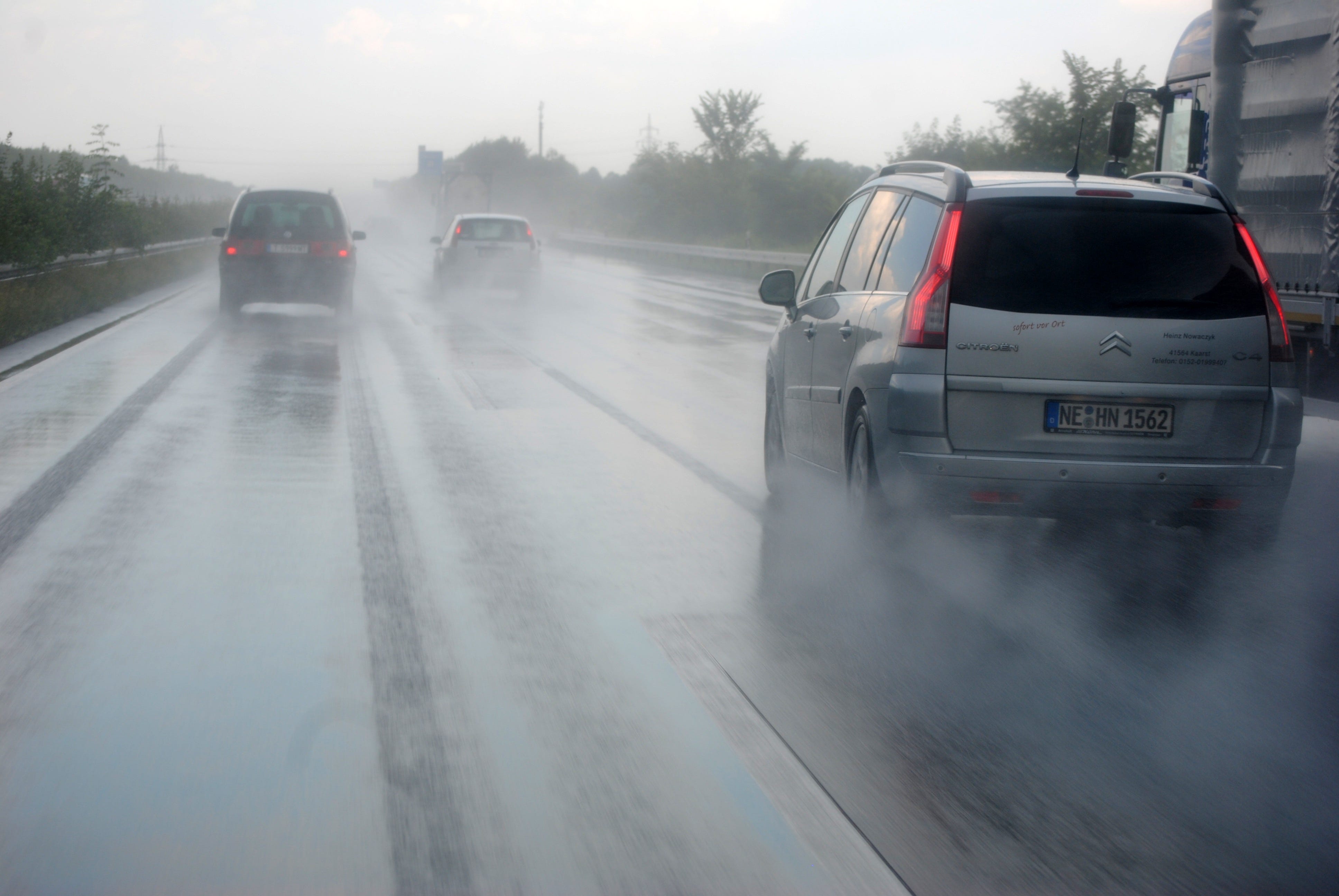
Under rainy or very wet conditions, your brake might not function as effectively as it used to. In addition, water can reduce the friction between the ground and your tyres. In other words, brakes are not too reliable under these conditions.
3. Reduce your speed

Drive at or below the speed limit. Drive at a speed that does not endanger you and other motorists. Your speed should be just enough for you to see far in front of you and to enable you to make a quick driving decision.
4. Always keep your two hands on the steering wheel
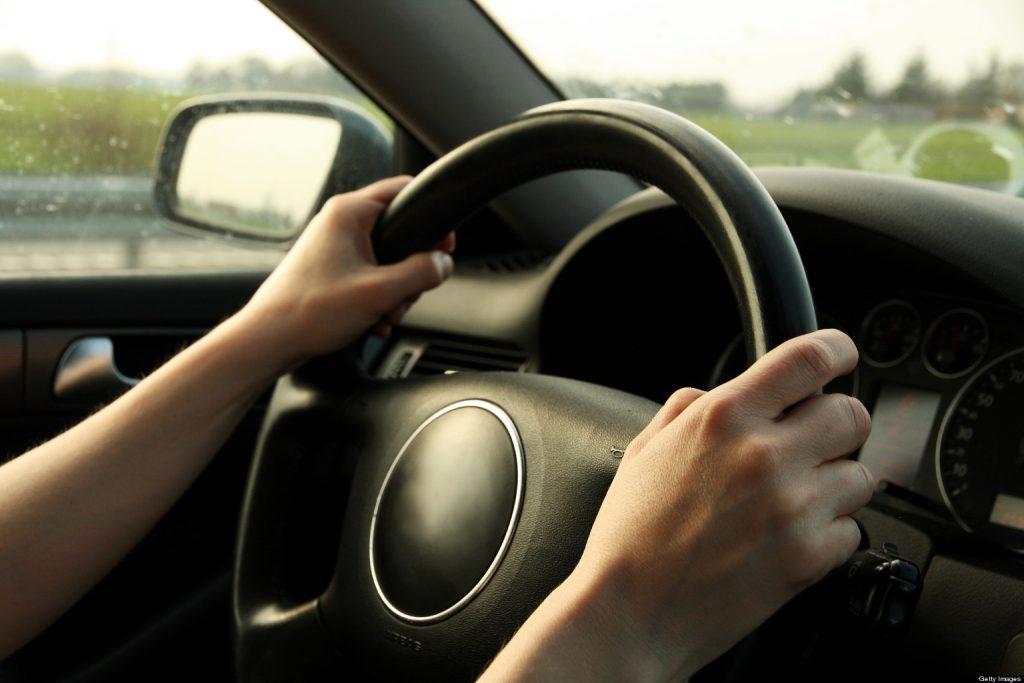
While you are driving in the rains, ensure to keep your hands on the steering wheels at all times.
Avoid distractions coming from your audio system, phone calls, etc. Focus on the road ahead of you. Use your mirrors (Back View Mirror, Right-Hand side & Left-Hand side). This is necessary to check out for unusual sources of danger such as falling electric poles, trees, etc.
5. Avoid flooded roads

Never drive through heavily flowing or stagnant pool of water on the road. Find a way to gauge the depth of the pool of water. For instance, you can determine the depth of the water by watching other drivers who are more familiar with the terrain to drive through it first. Then you can follow. Still, be careful because flooding the engine of your car can cause the engine to stall, and deep water can actually float your car and take it off the road.
6. Be careful, hydroplaning may occur

Hydroplaning is that situation where a car drives into the water and at some point experience little or no contact with the ground. In order to get out of a hydroplaning situation let off the gas and steer straight or slightly in the direction, you must go. Do not make sudden motions and remain calm.
7. Avoid pools of water
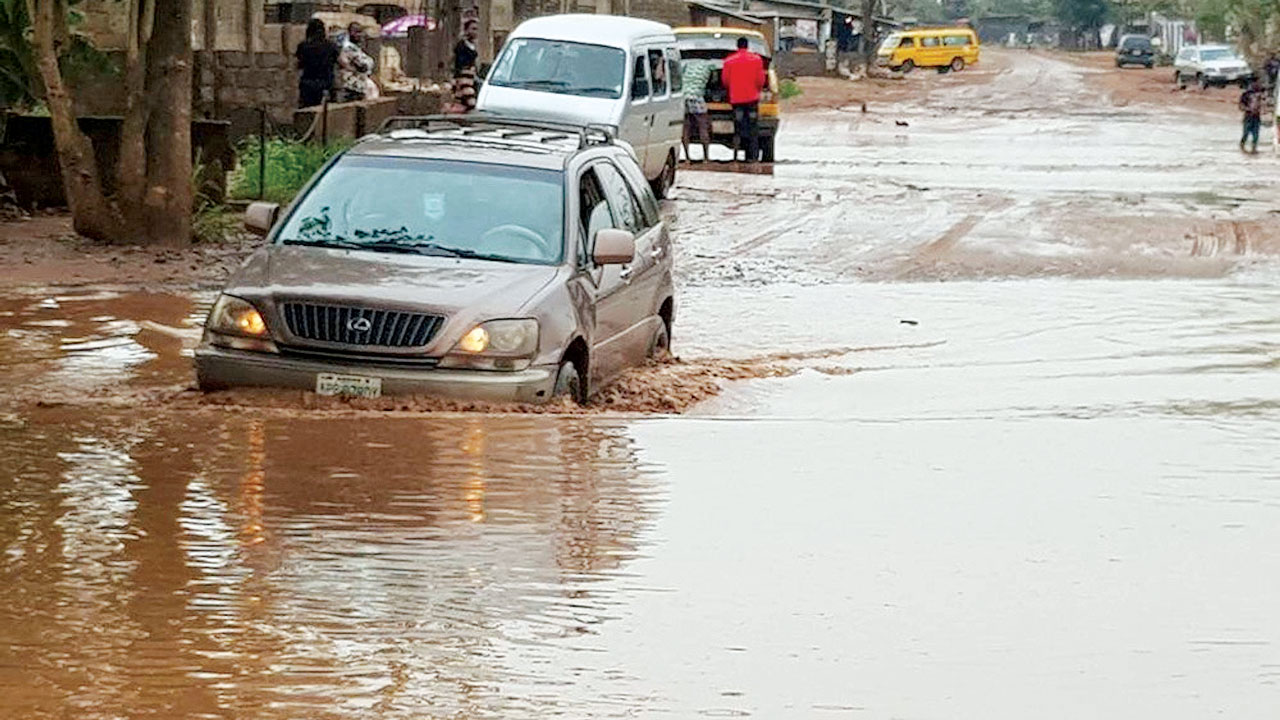
Look out for pools of water. Some of them might be potholes filled with floodwater. So slow down
8. Use Your hazard lights
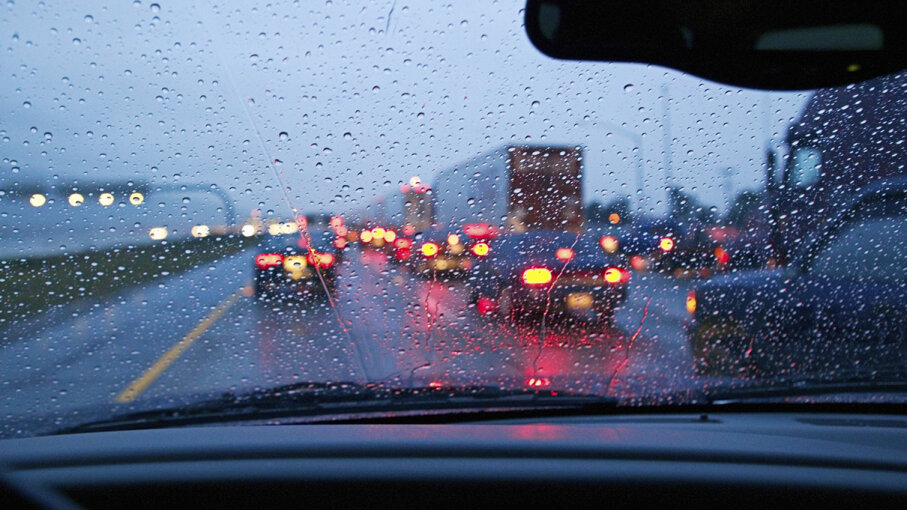
If the water somehow affects your car, and there seem to be a driving problem, turn on your hazard light – or as we call them in Nigeria, double indicator. This will hint other motorists to be cautious.
9. Turn on the defroster if the windscreen begins to fog

A car’s windscreen generally forms fog on its surface if the air in the car is warmer than the windscreen. When the warm air hits the cold windshield, the water vapour starts to turn to liquid, leaving a wet fog on your windshield. When this happens, turn on the defroster in your car. Defrosters in your vehicle blow warm dry air to clear the fog formed on your windscreen
10. Maintain a Safe Distance Between your car and the car ahead of you
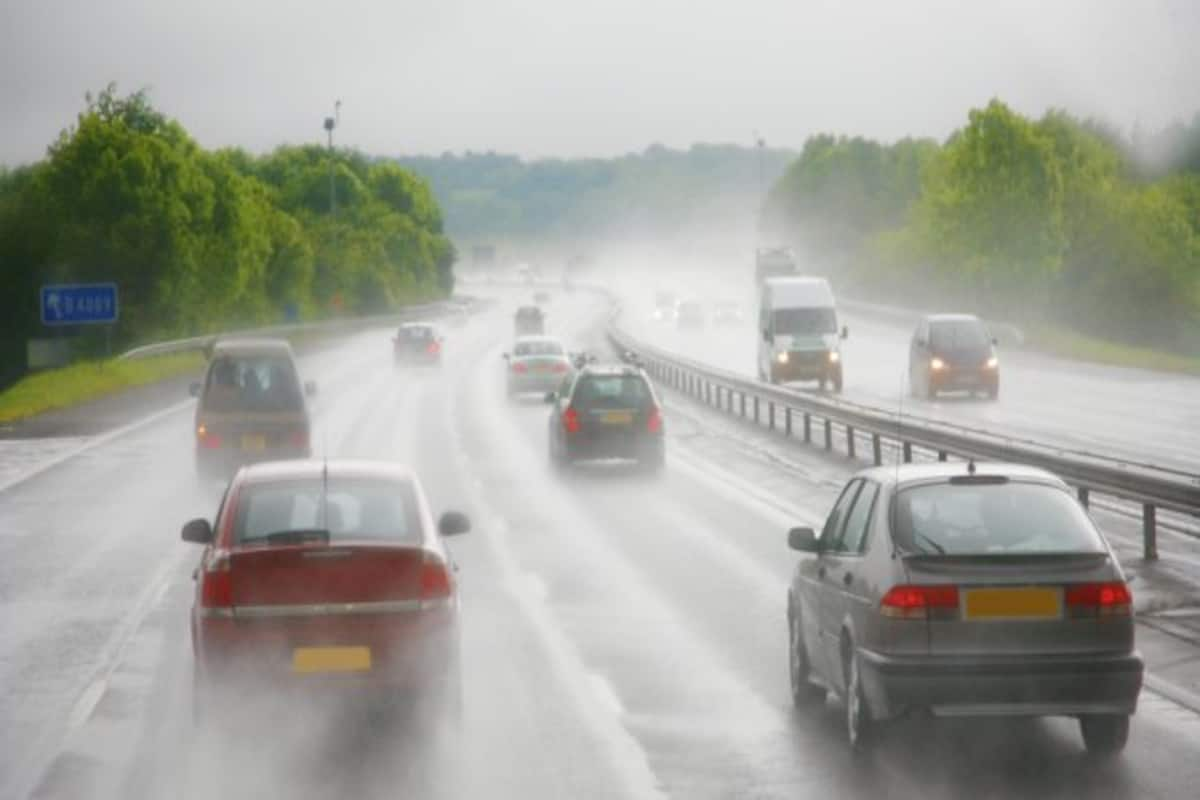
Under rainy conditions, the roads become slippery. Brakes may not effectively function in grinding a car to a sudden halt. Therefore, when the car ahead of you instantly halts, applying your break in order to avoid a collision with the car might not provide the anticipated result. It is therefore wise to keep a good distance between you and the car ahead of you.
You must be logged in to post a comment Login